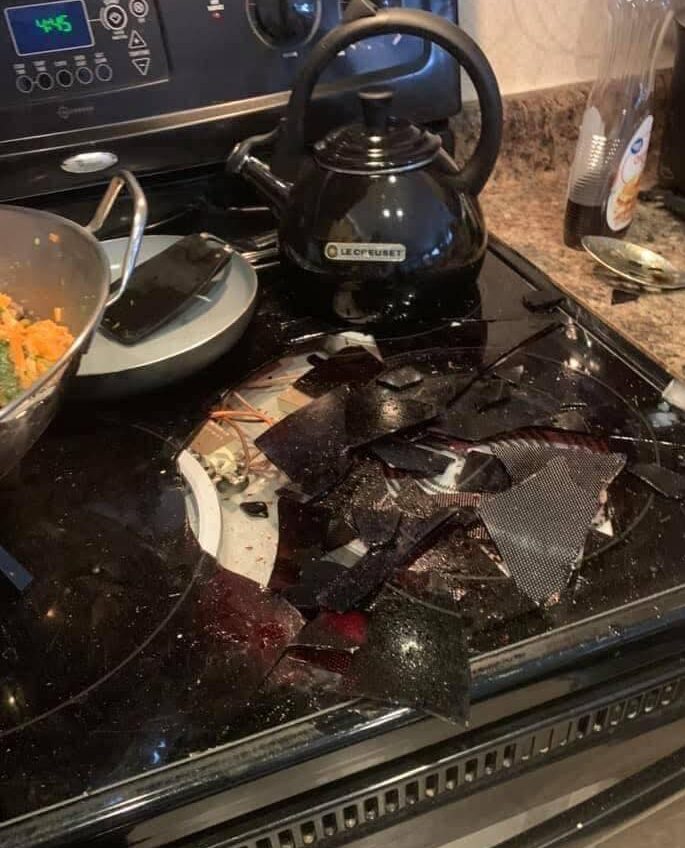Introduction
Glass stovetops are sleek, modern, and easy to clean — but they’re also more fragile than they appear. While they may look indestructible, one wrong move can lead to cracks, scratches, or even fire hazards. To keep your stovetop looking brand new and working safely, it’s important to avoid these 9 dangerous habits that many people don’t even realize are risky.
Origin and Cultural Significance
Smooth glass-ceramic stoves became popular in the late 20th century as an upgrade from traditional coil burners. Their minimalist appearance and fast heating made them a favorite in modern kitchens worldwide. However, unlike cast iron or steel grates, glass stoves require careful handling — treating them roughly can lead to costly repairs or replacements.
Optional Additions
- Silicone or felt burner protectors
- Flat-bottom cookware
- Soft microfiber cloths
- Non-scratch scrapers for burnt residue
Tips for Success
- Always lift cookware — never slide.
- Let burners cool completely before cleaning.
- Avoid oversized or warped pots.
- Only use cookware with flat, smooth bottoms.
Instructions — 9 Dangerous Glass Stovetop Habits You Should Never Make
- Dragging or Sliding Pots Across the Surface
This causes deep scratches that are nearly impossible to remove. - Using Cast Iron or Stoneware Directly on the Glass
Heavy and rough-bottomed, they can crack or shatter the glass. - Spilling Sugar or Sugary Sauces While Cooking
Melted sugar fuses into the surface and permanently etches the glass. - Placing Hot Lids Face-Down on the Surface
Trapped heat can create a vacuum seal that cracks the glass. - Using Harsh Cleaning Tools (Steel Wool, Razor Blades, etc.)
Abrasive materials can damage the protective layer. - Cooking with Oversized or Warped Pans
They trap heat unevenly, increasing the risk of cracking. - Resting Utensils or Plastic Items on a Hot Burner
Melting plastic bonds into the glass and releases toxins. - Not Cleaning Spills Immediately After Cooling
Burnt residue can stain and slowly deteriorate the surface. - Standing or Leaning on the Cooktop for Support
It’s not a counter — pressure can lead to hidden fractures.
Description
A glass stovetop may look strong, but it demands respect. Treating it roughly or cleaning it incorrectly can quickly turn a beautiful appliance into a costly headache. Fortunately, most damage is preventable with mindful cooking habits.
Conclusion
Your glass stovetop isn’t fragile — it’s just selective about how it’s treated. Avoid these nine bad habits, and your cooktop will stay spotless and efficient for years to come.
Recommendation
Invest in flat-bottom cookware, soft cleaning tools, and burner protectors to extend the life of your stove. And remember — lift, don’t drag!
Embracing Healthful Indulgence
A clean, well-maintained stove isn’t just about aesthetics — it sets the tone for joyful, stress-free cooking. Treat your stove kindly, and it will return the favor with delicious meals and a kitchen that shines.
